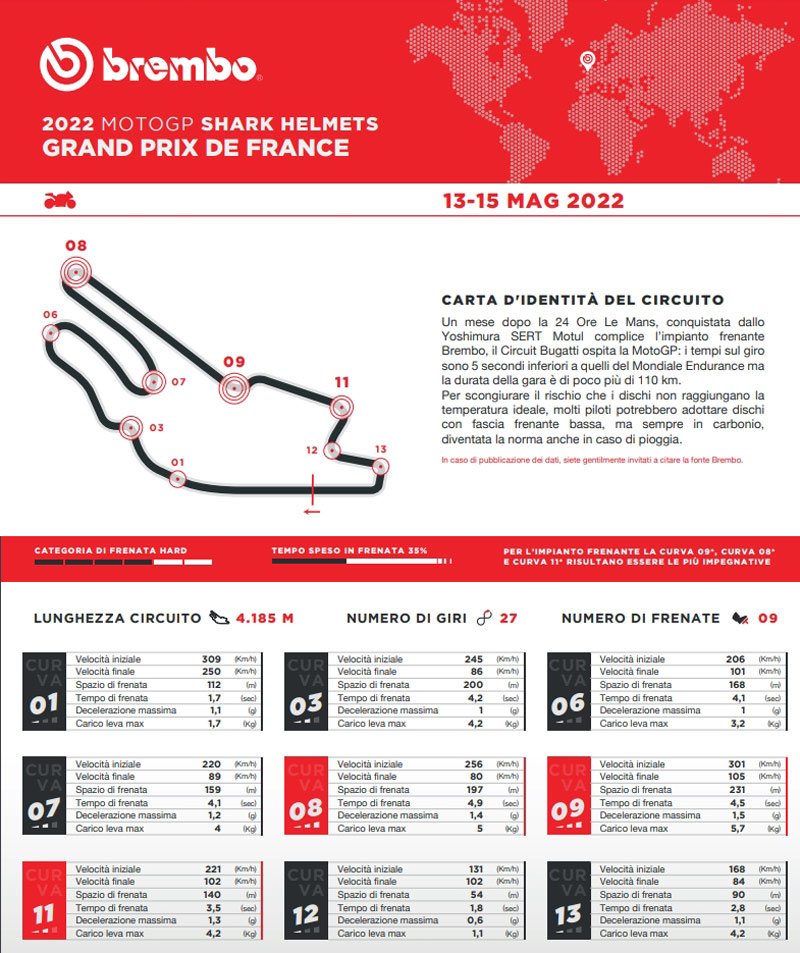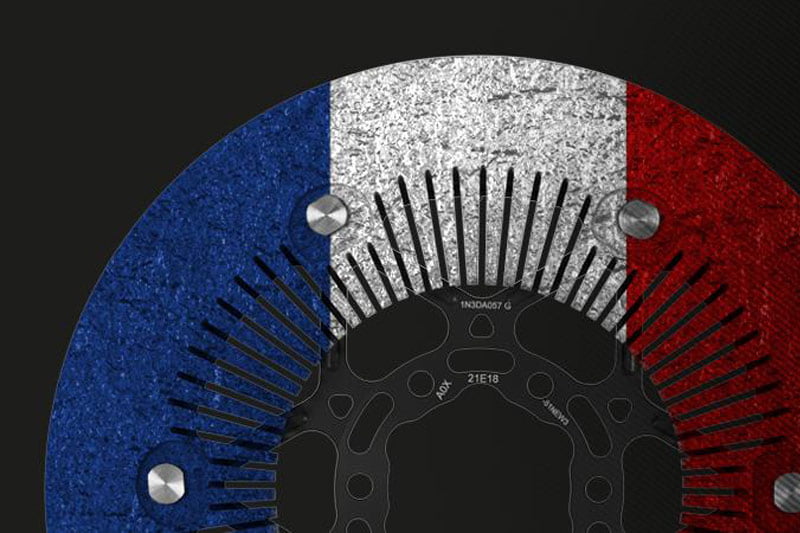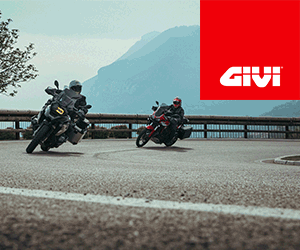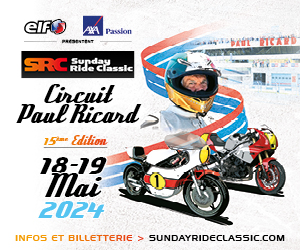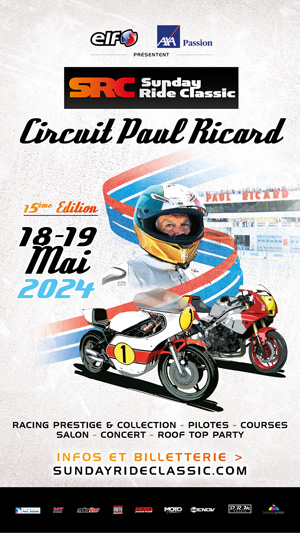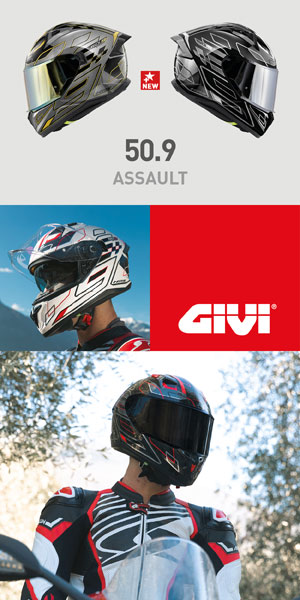GUIDE TO BREMBO BRAKE DISCS FOR MOTOGP AND ROAD, AND INFORMATION ON THEIR USE IN THE FRENCH GP
One month after the 24 Hours of Le Mans, won by the Yoshimura SERT Motul team with a Brembo braking system, the Bugatti Circuit will host the MotoGP World Championship: the lap times are 5 seconds faster than those of the World Championship. 'Endurance but the race only covers a distance of just over 110 km.
According to Brembo technicians, who work closely with all riders in the MotoGP world championship, this circuit is one of the most demanding for the brakes. On a scale of 1 to 6, it is ranked 4 on the difficulty index, the highest mark in this first part of the championship with Jerez. To avoid the risk of the brake discs not reaching the ideal temperature, many riders use low braking band brake discs, still made of carbon, which are preferred in wet conditions.
A dozen Brembo discs for MotoGP
Brembo provides teams with a wide range of brake discs: each MotoGP rider can choose from six disc geometries and each of them comes with two different carbon compounds and two different geometries called High Mass and Standard Mass which in the Different diameters available (riders can choose from three different diameters: 320mm, 340mm and 355mm) give a total of twelve different solutions.
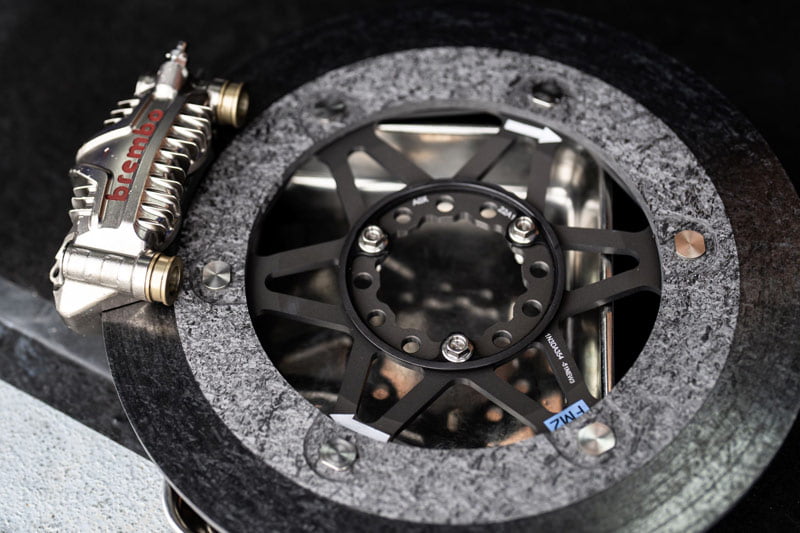
A different material but the same care and attention for road motorcycles
Road bikes and bikes used for track days obviously don't have carbon fiber discs. This does not mean, however, that the experience gained in MotoGP has not had a positive effect on factory production. The T-Drive disc, with its steel braking band and its billet aluminum support, is a good illustration of this.
The T-Drive system gets its name from the eight T-shaped pins on the disc which, with the same number of slots on the carrier, eliminate the need for mounting studs. This results in both axial and radial floating, which increases resistance to thermomechanical stresses and transmitted braking torque.
Discover the different varieties of sports discs for the most popular motorcycles.
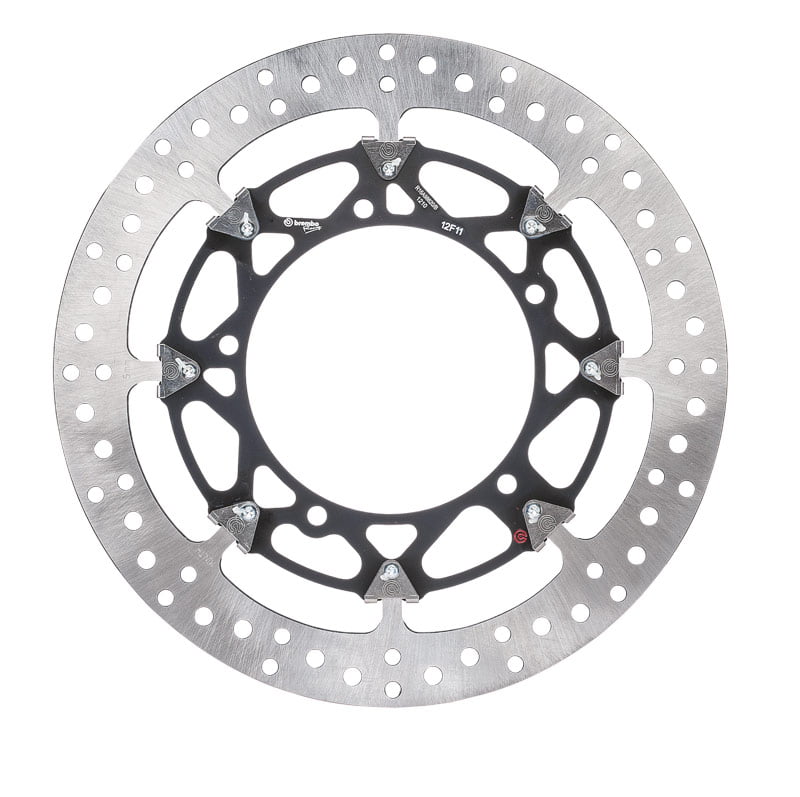
900 kg from departure to arrival
On each lap of the Le Mans circuit, drivers use their brakes 9 times for a total of 31,5 seconds, which is no small feat considering it is the third shortest circuit in the world championship . On the Termas de Rio Hondo circuit, 600 meters longer, the brakes are used for more than a second less.
On the Bugatti circuit, MotoGP riders must not approach more than two consecutive corners without using the brakes, which avoids cooling. Despite the absence of deceleration from 200 km/h, the braking system is used for more than 4 seconds during 5 different braking episodes. The overall load exerted by each rider on the brake lever from start to finish is also high: 900 kg.
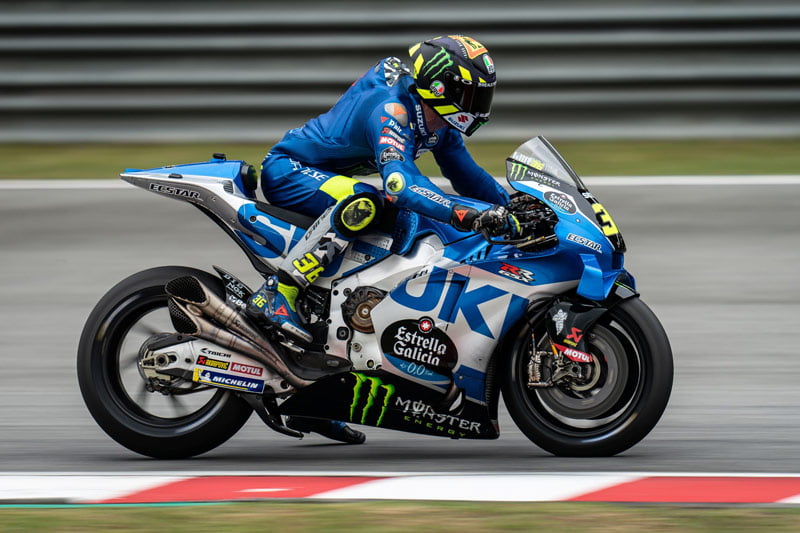
1,5 G of hard braking at 300 km/h
Of the 9 braking sections of the Le Mans circuit, 2 are classified as demanding on the brakes, 3 are of medium difficulty and the remaining 4 are relatively light.
The most difficult braking section for MotoGP bikes is turn 9: the bikes go from 301 km/h to 105 km/h while braking for 4,5 seconds, while the brake fluid pressure reaches 12,2, 5,7 bars. Riders exert a load of 1,5 kg on the brake lever, experience a deceleration of 231 g and cover a distance of XNUMX meters.
And in video games?
To negotiate turn 9 of the Bugatti circuit in the MotoGP video game, you must move gradually to the right in the straight and brake just before entering 6th gear, halfway between the first billboard on the right and the second, where there is a strip of concrete on the side of the track instead of grass. Move to the left, downshifting to the end of the gears but without overshooting as the next turn is to the right.
